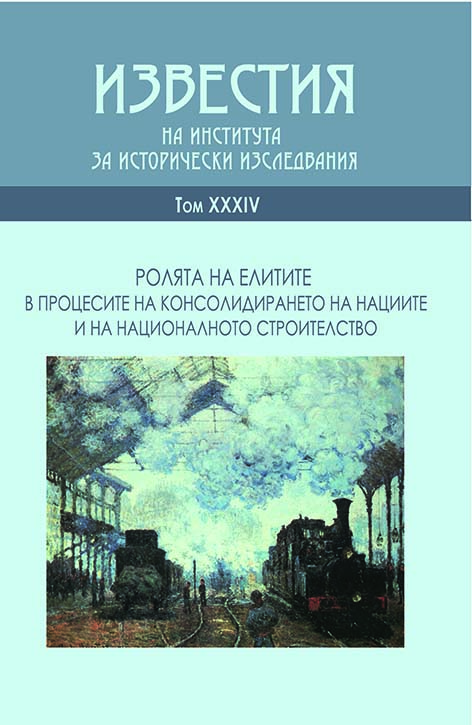Tracing the Transforming Urban Elite – Methods to Analyze Spatial Patterns, Social Composition and Wealth Based on Census Data (Northeastern Hungary, 1870)
Tracing the Transforming Urban Elite – Methods to Analyze Spatial Patterns, Social Composition and Wealth Based on Census Data (Northeastern Hungary, 1870)
Author(s): Gábor Demeter, Róbert BagdiSubject(s): History, Ethnohistory, Social history, Modern Age, 19th Century
Published by: Институт за исторически изследвания - Българска академия на науките
Keywords: urban elites; industrialization; wealth; population census; GIS; social stratification; Austria-Hungary
Summary/Abstract: Using the census data from 1870 this contribution attempts to work out new methods to trace the composition and wealth of transforming urban elites during the era of industrialization. The Hungarian census of 1870 collected data at household level and the original sheets survived in many places. Thus, beyond containing the name, age, address, birth place, occupation and religion of the head of family, and repeating these data for the wife, children, co-workers, servants and housemaids, it also provided the number of rooms, kitchens, economic buildings (stores, stables, cellars) for each household, which served as a basis for the classification of groups regarding their wealth. The chosen town and the timing represents the transition period well, with its existing traditional structures (guilds, segregation) and modern patterns (railway, multi-ethnicity). We attempted to (1) investigate spatial patterns on socio-demographic phenomena by mapping them using GIS; (2) to carry out a thorough multivariate statistical analysis of each strata and subgroups (including correlation, correspondence-analysis, etc. based on a systematically built database); (3) and to work out several methods in order to select the members of the elite from the 10 000 inhabitants (2200 households), including cluster-analysis, wealth estimation comparing these with the traditional classifications.
Journal: Известия на Института за исторически изследвания
- Issue Year: 34/2017
- Issue No: 1
- Page Range: 246-275
- Page Count: 30
- Language: English

